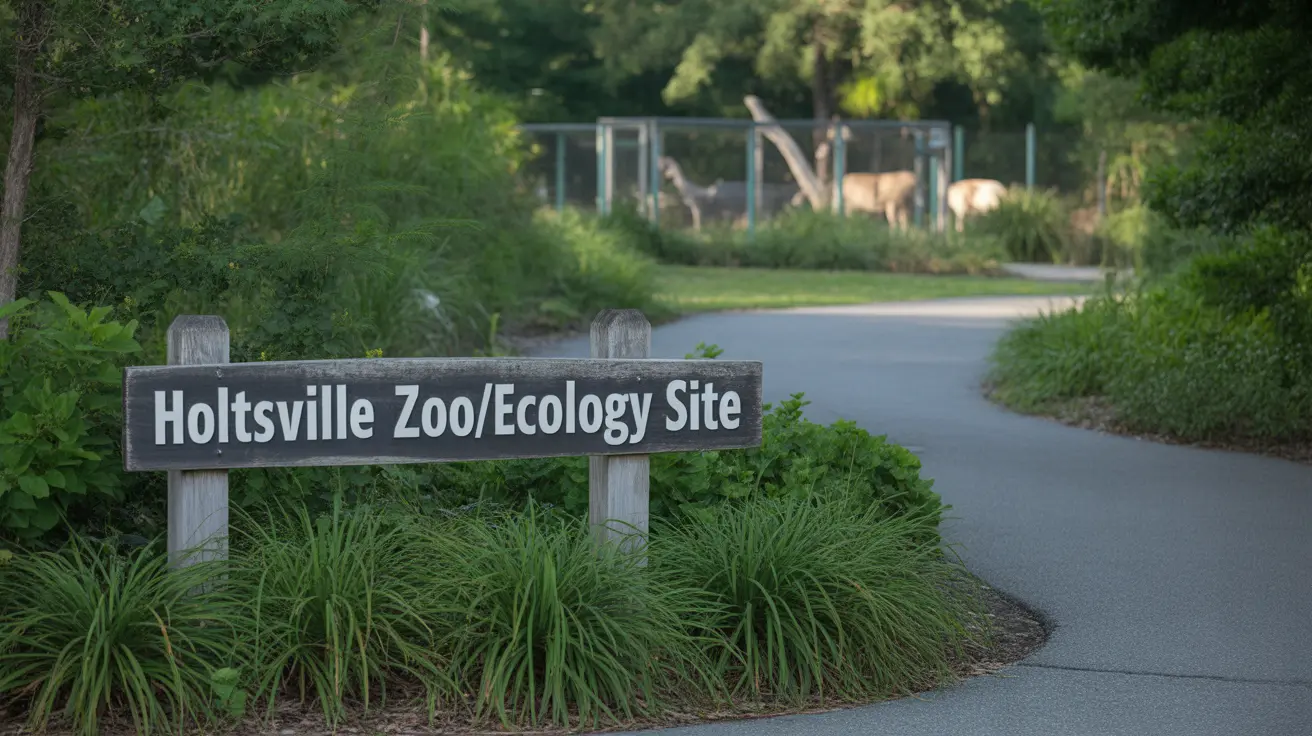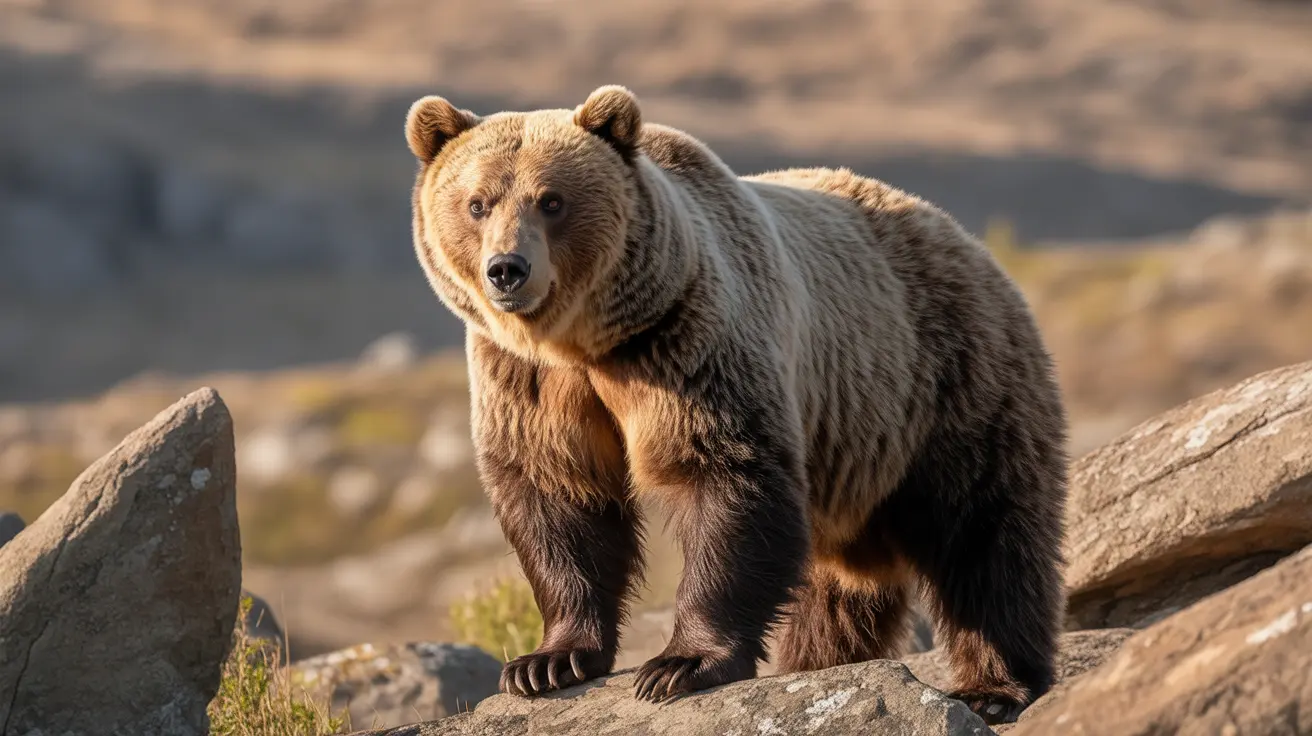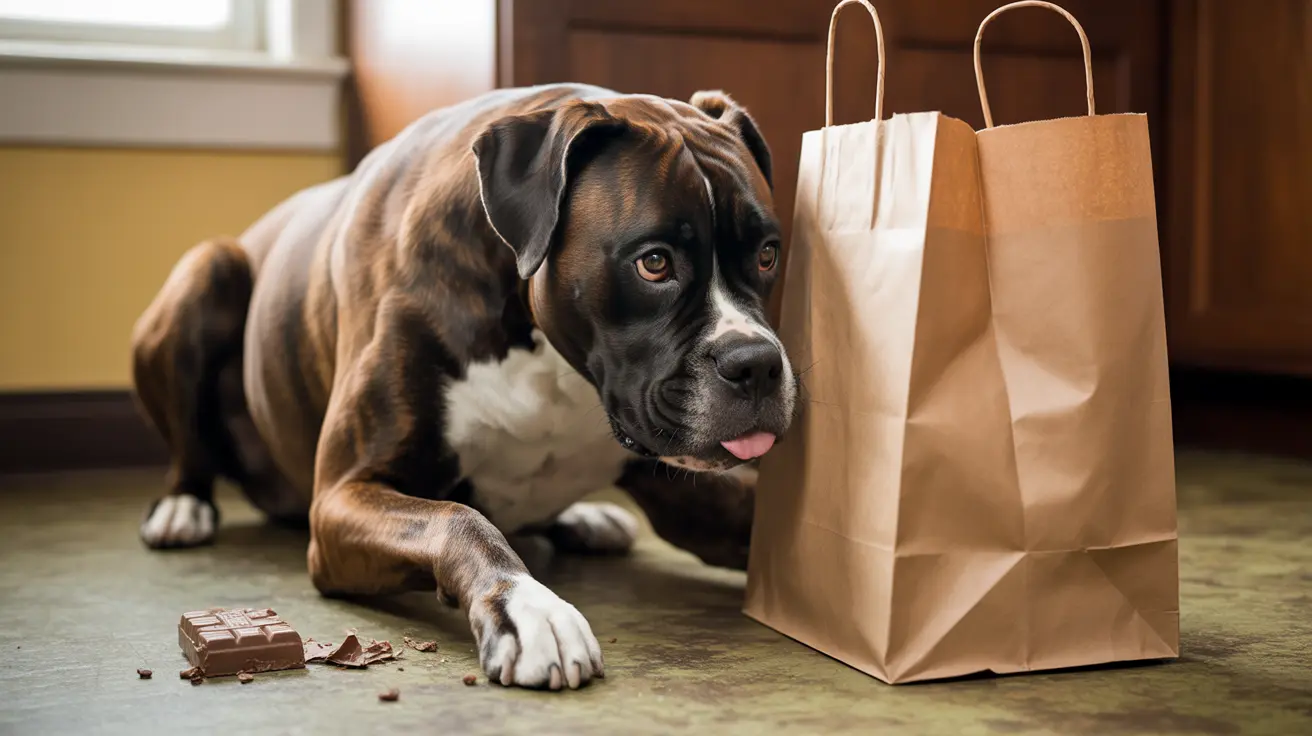Brookhaven officials are actively working to find new homes for dozens of animals as the Holtsville Animal Preserve prepares to close its doors permanently in the coming months. The Holtsville Animal Preserve closure has prompted town administrators to collaborate with accredited wildlife refuges and sanctuaries to ensure every animal receives proper care during this significant transition.
The closure represents the end of a beloved community resource that has served Long Island families for decades, offering free educational programs and wildlife encounters. As Brookhaven animal rehoming efforts intensify, officials face the complex challenge of matching each animal's specific needs with appropriate facilities while maintaining the highest standards of animal welfare.
Financial Pressures and Welfare Concerns Drive Closure Decision
The decision to close the Holtsville Ecology Site reflects mounting financial pressures and evolving priorities within Brookhaven's municipal operations. Town officials cite ongoing budgetary constraints and concerns about maintaining optimal animal welfare standards as primary factors in the closure decision.
The facility has housed a diverse collection of native and exotic rescue animals, including bobcats, buffalo, bald eagles, white-tailed deer, pigs, cows, and various owl species. Many of these animals were non-releasable wildlife that had been rescued from harm or illegal trade situations, making their rehoming particularly complex.
Brookhaven Animal Rehoming Requires Specialized Approach
The ethical animal relocation process involves careful evaluation of each animal's medical history, behavioral needs, and social requirements. Brookhaven officials emphasize their commitment to placing animals only in reputable sanctuaries or refuges that can provide appropriate long-term care.
This small zoo rehoming process differs significantly from typical pet adoption procedures. Wildlife sanctuary professionals must assess whether animals can adapt to new environments, considering factors like established social bonds, dietary requirements, and specialized habitat needs.
Ensuring Animal Welfare Throughout Transition
Animal welfare advocates stress the importance of thorough vetting when selecting new facilities. Reputable wildlife refuges maintain accreditation through organizations that establish strict standards for animal care, facility maintenance, and staff qualifications.
The transition period requires careful monitoring to minimize stress on animals accustomed to their current environment. Experienced wildlife professionals typically recommend gradual acclimation procedures and ongoing health assessments during relocation.
Community Impact of Holtsville Wildlife Sanctuary Closure
The closure eliminates decades of free community access to environmental education programs that have served countless school groups and families. The Holtsville animal education programs provided hands-on learning experiences about wildlife conservation, native species protection, and environmental stewardship.
Local families have relied on the facility for affordable recreational activities and educational opportunities that connected children with nature. The loss of these community wildlife education programs creates a significant gap in regional environmental learning resources.
Future Plans for Holtsville Ecology Site Remain Uncertain
While no definitive plans have been announced for the property's future use, community groups continue advocating for maintaining green space and environmental programming. Some residents propose retaining recreational amenities and continuing conservation workshops even after the animal preserve section closes.
The Holtsville Ecology Site future plans will likely depend on community input and available funding for alternative programming options that preserve the location's educational mission.
Native Wildlife Rehabilitation Challenges in New York
The closure highlights broader challenges facing wildlife rehabilitation facilities across New York State. Many non-releasable wildlife care centers operate with limited resources while managing increasing numbers of injured or orphaned animals.
Successful wildlife sanctuaries require substantial ongoing investment in veterinary care, specialized diets, habitat maintenance, and trained staff. The animal sanctuary closure effects extend beyond immediate rehoming concerns to broader questions about sustainable wildlife care funding.
Frequently Asked Questions
- Why is the Holtsville Animal Preserve closing and what will happen to the animals?
The preserve is closing due to financial strain, shifting town priorities, and concerns over animal welfare. Brookhaven officials are working with accredited wildlife refuges to rehome the animals responsibly.
- How are the animals at Holtsville being rehomed safely?
Animals are evaluated for medical and behavioral needs and placed only in reputable sanctuaries or refuges to ensure their welfare, avoiding risky or substandard placements.
- What educational and community programs will be lost with the Holtsville Ecology Site closure?
The closure ends decades-long free community access, including school environmental education, wildlife encounters, conservation workshops, and family recreational activities historically offered at the site.
- What kinds of animals lived at the Holtsville Animal Preserve?
The preserve housed native and exotic rescue animals such as bobcats, buffalo, bald eagles, white-tailed deer, pigs, cows, owls, and more, many of which were non-releasable wildlife rescued from harm or illegal trade.
- What is the future of the Holtsville Ecology Site after the animal preserve closes?
No definite plans have been announced, but community groups advocate for retaining green space, continuing environmental programs, and preserving recreational amenities after the animal section closes.
The Holtsville Animal Preserve closure marks the end of an era for Long Island's environmental education landscape. As Brookhaven officials continue their careful rehoming efforts, the situation serves as a reminder of the ongoing challenges facing wildlife care facilities and the importance of community support for animal welfare initiatives.






